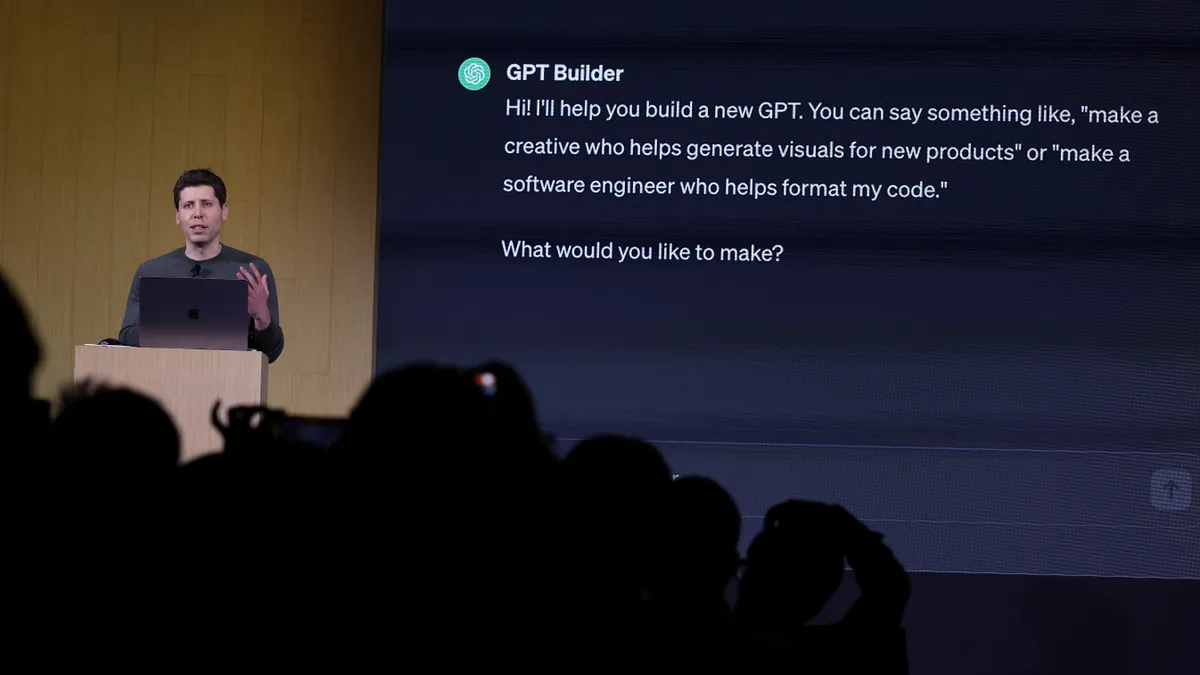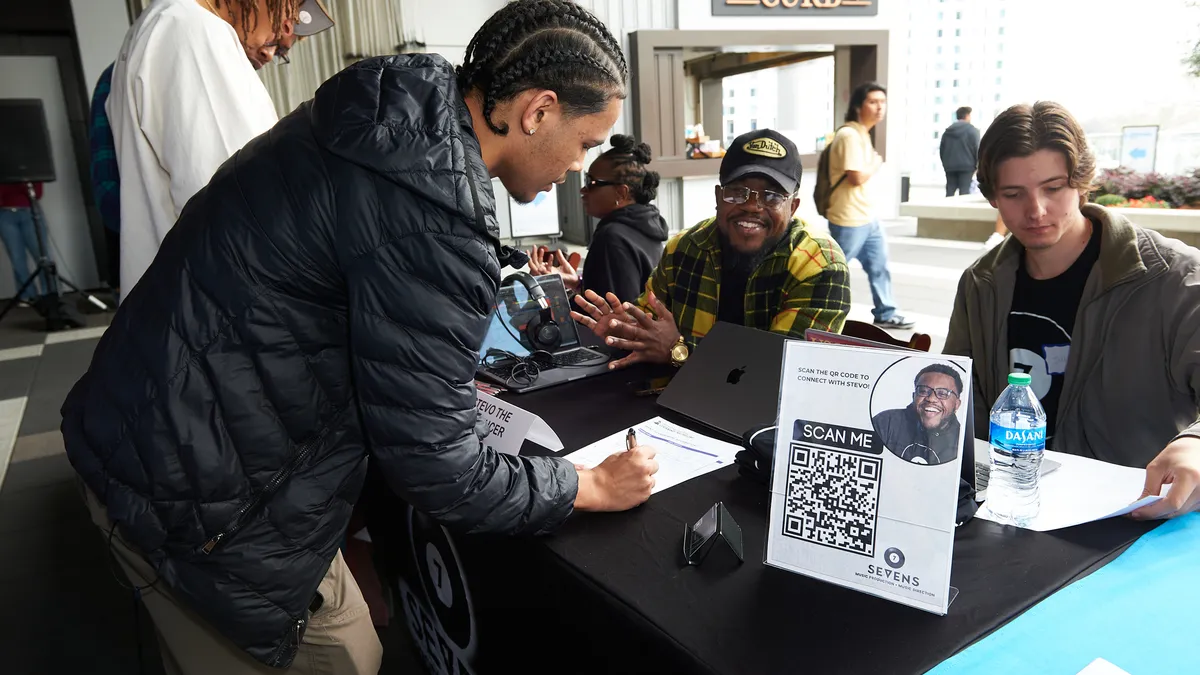Returnship programs — those that seek out members of the workforce that may have taken time out for any number of reasons — are taking off. Whether they're employees who were previously with the company or simply are workers with a desire to return to the job force, this not-so-new but newly discovered demographic is in demand.
While many companies are developing or growing returnship programs, L&D plays a key part in ensuring their successes. An eye on training and development that meets the needs of those who've been out of the workforce even for a few years is critical to get them up to speed on what's changed in the workplace. With L&D's help, returnships can be part of the company's talent pipeline and be a source of highly-developed talent for the wider company.
Measuring success
As with any learning program, learning leaders must know how to measure success and what that looks like.
"I really like when HR measures success by the number of people who convert into full-time jobs," Tami Forman, executive director at Path Forward, told HR Dive in an email. "Returnees can absolutely get valuable experience during returnships even if they don't turn into full-time jobs, but I believe the conversion goal aligns everyone's interests."
These programs often begin as diversity hiring programs, targeting women and underserved populations; measuring success may begin with these metrics, Carol Fishman Cohen, chair & co-founder of iRelaunch, told HR Dive. But, she added, measurements of success can depend on whether the program is "role-based" or "project-based." Role-based programs, she writes, recruit for a specific position. Project-based hires look at the returnee generically, matching them with open roles at the conclusion of the program.
"Success is also measured based on whether the features of the program — learning and development sessions, meetings with management, assigned mentors and buddies, a cohort structure in which the participants start at the same time and move through the program together — were helpful in boosting hiring rates."
Kavery Cariapa is senior director, strategic initiatives for The Mom Project. She believes the first measure of success is if the candidate is converted to a hire. But a second measurement would be to review each candidate according to the regularly scheduled performance reviews. "Hiring rates are key," she told HR Dive in an email. "However, promotional growth over a time period can be used as well. Attrition would be another key measurement."
L&D's role in returnship success
The digital transformation is challenging workers, whether they've been continuously employed or not. For returnees, getting current in connectivity and productivity resources is critical — but learning goes beyond the nuts and bolts of today's tech.
L&D should be included as a participant during phase one of returnship program creation, Cariapa said: "They are pivotal in setting the tone for any new employee, specifically those returning after a career hiatus. They can provide value to these returnees by creating new onboarding programs which support an introduction to the technical tools and software used by the company and cultural support so returnees can be properly aligned to core values." A suggested initial meeting would be a great foundation to structure training around what a returnee's actual needs are and what future needs could be, she added.
"I think learning professionals should see returnship programs as a chance to shine," Forman said. "At their best, a returnship program offers companies an opportunity to think about talent and skills in a new way by considering how someone who excelled in a past job can be successful in a new role. Learning professionals can help both managers and returnees uncover hidden talents and also address skill gaps."
The role of L&D for returnships begins with program design, Fishman Cohen said. Most of the programming is created ahead of time for the entire cohort of participants and is not customized for each person with the exception of some technical training situations, where there are assessments and customized training. L&D can work with program managers to coordinate help and support. "Mentors and buddies are often features of returnship programs," she noted.
Michael Griffiths, lead of Deloitte's Learning Consulting practice, told HR Dive that in order to support returners, a cohort program should provide the returners with a support system in order to reacclimate to the company culture, participate in peer-to-peer learning and enable accountability for self-paced learning to refresh their knowledge and skills.
When organizations enable employees to have convenient access to mentors or subject matter experts, Griffiths said, the employee not only gets answers to immediate problems, they also establish a connection with that subject matter expert for them to rely on for future questions and needs. "L&D can provide the infrastructure for mentoring to occur and must continuously identify, and encourage the self-identification of, subject matter experts as candidates for formal mentoring programs or for informal mentoring availability," he said.
Cariapa suggested organizations research the types of roles included in the returnship program and review internal and external trainings that can support each returnee's needs.
Deloitte's 2019 Global Human Capital Trends report identified learning as important or very important to a majority of respondents. In fact, Griffiths writes, people now rate "the opportunity to learn" as among their top reasons for taking a job; "As a result, organizations are taking steps to deliver learning in a more personal way and L&D should empower each employee and/or returner to have input into his/her development plan and goals and support them along that learning journey."
L&D can provide the returner with tools and resources designed to self-identify knowledge and skill gaps, provide multiple ways to address those gaps and help track the growth and developmental progress of the returner.
Making adjustments along the way
HR may need to take a slightly different tactic as they review return to work candidates; the reality for talent is that there will be a different learning curve when they join a new organization. Focus should be placed on what foundation each candidate has and how that can add value to the current role. Questions should be tailored to previous experience and how that can assist with the current responsibilities.
Fishman Cohen suggests this difference is the main reason companies pilot their returnship programs with a small group of participants and managers before they expand them: "They evaluate based on feedback from all stakeholders — managers, participants, mentors, buddies, HR business partners, the program managers and the recruiters."
Forman advised both HR and learning departments to review the success metrics around conversion and assess why each participant was or was not hired. "Was the recruiting process not optimized to identify people who'd be likely to succeed past the program? Did the manager or department not have budget to hire into a full-time role? Did some returnees lack specific skills that were needed?" she said. "By assessing each of these dimensions, the HR and L&D teams can work collaboratively to tweak the program for great success."



















